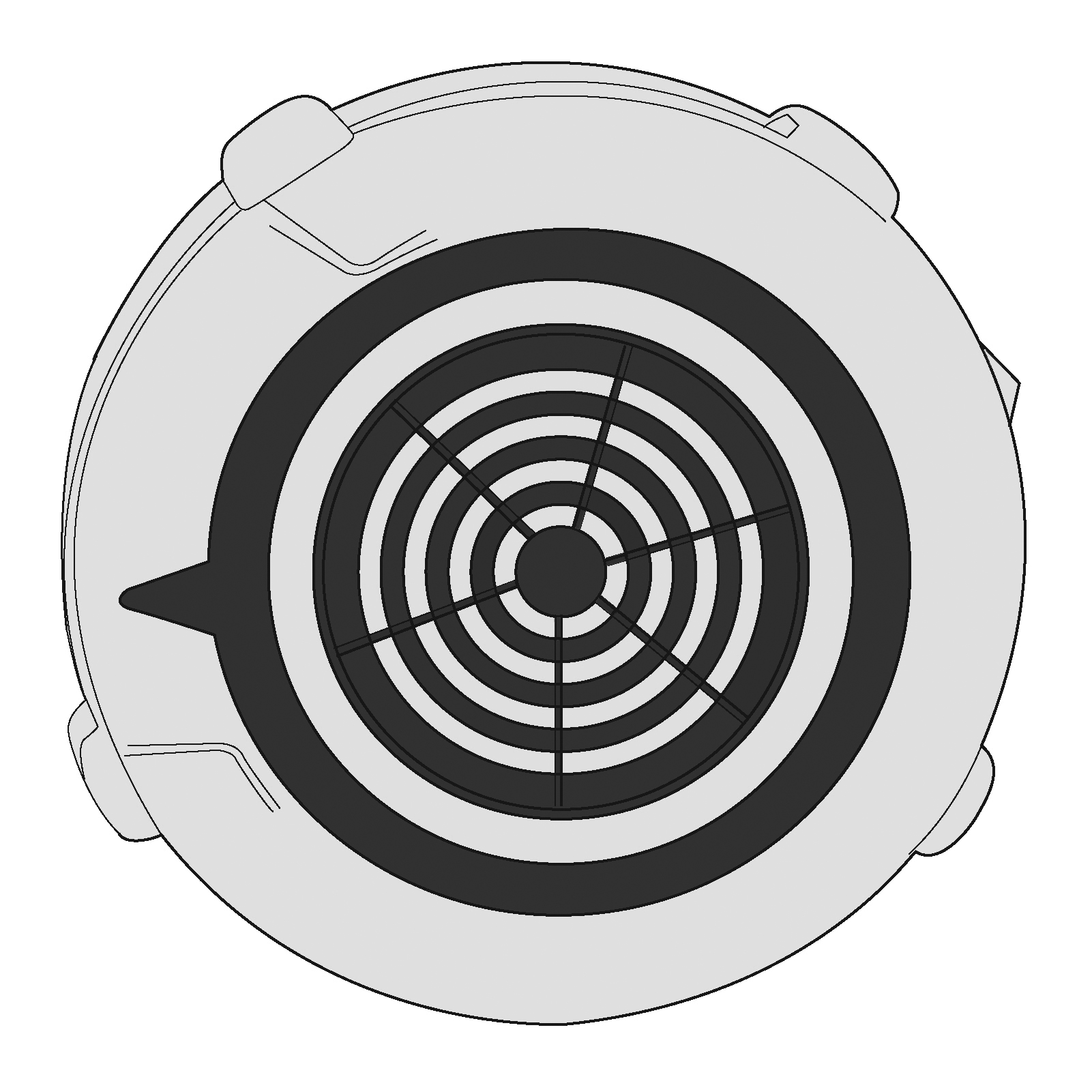Indoor Sport Services Training Guide
Our Indoor Rowing Training Guide is the ultimate training resource for the Indoor Rower.
Written by top education and coaching specialists, it includes information on technique and training,
with programmes on cross-training, 2,000m and marathon race training, weight management and keep fit.
There are guest chapters written by top names such as Jurgen Grobler and Chris Shambrook as well as
dedicated sections on psychology, nutrition and weight training.
Appendix - The Damper Lever and Drag Factor
<< PM4 Menu Structure500m Split Time to Watts Conversion >>
The load on the Concept 2 Indoor Rower is unlike any normal resistance training equipment. There is no
pre-set load; what is measured is the ability of the user to accelerate the flywheel overcoming the frictional
force of the air opposing the flywheel rotation. The monitor display of the flywheel is a numerical
calculation using the acceleration, speed of rotation and moment of inertia.

The damper lever on the side of the fan housing controls the drag factor. With the damper set to level 10
more air can pass across the fan increasing the rate of deceleration (drag). The monitor detects the
increase in drag and an adjustment is made to the pace readout.
The monitor displays the drag factor as a number in the order of 100 at level 1 and around 220 at level 10
on a new machine. If the perforations on the fan cage become clogged, then to achieve the same drag
factor the damper lever will need to be put on a higher setting. The monitor detects the effect on the
flywheel not the position of the damper lever so although the setting on different machines may not be
the same, the drag factor reading will always be correct.
Rowers on water use the machine in the range of 130 to 140 or level 3 to 4. The reason for this is that at
this level the feel is closest to that of a racing boat therefore making the training rowing specific. Non-
rowers using the machine for cross-training or as a sport in it's own right may benefit from a damper
setting outside of this range.
As a general rule, bigger heavier and stronger users would tend towards level 10 while smaller lighter
users would benefit from a lower setting.
It is a question of trial and error to find the most suitable setting for each individual. Once you have found
the ideal set up note the drag factor rather that the damper lever setting, as this will remain constant
across different machines.
Recommended Drag Factor Settings
International rowers train and test with the drag factor setting at a level of resistance that enables them to replicate their rhythm and rate from the water. Good rowing technique is about speed of application of power and not just brute strength.
The table below illustrates the settings recommended by the Amateur Rowing Association and used by Great Britain's international rowing teams for testing and training.
| Recommended Drag Factors |
| User |
Drag Factor |
| J11/12 beginner |
95-105 approx |
| J12/13 |
105-115 |
| J13/14 |
110-120 |
| J14/15 |
115-125 |
| Junior Women |
125-135 |
| Junior Men |
130-140 |
| Lightweight women performance athletes |
125 |
| Heavyweight women performance athletes |
130 |
| Lightweight men performance athletes |
135 |
| Heavyweight men performance athletes |
140 |


